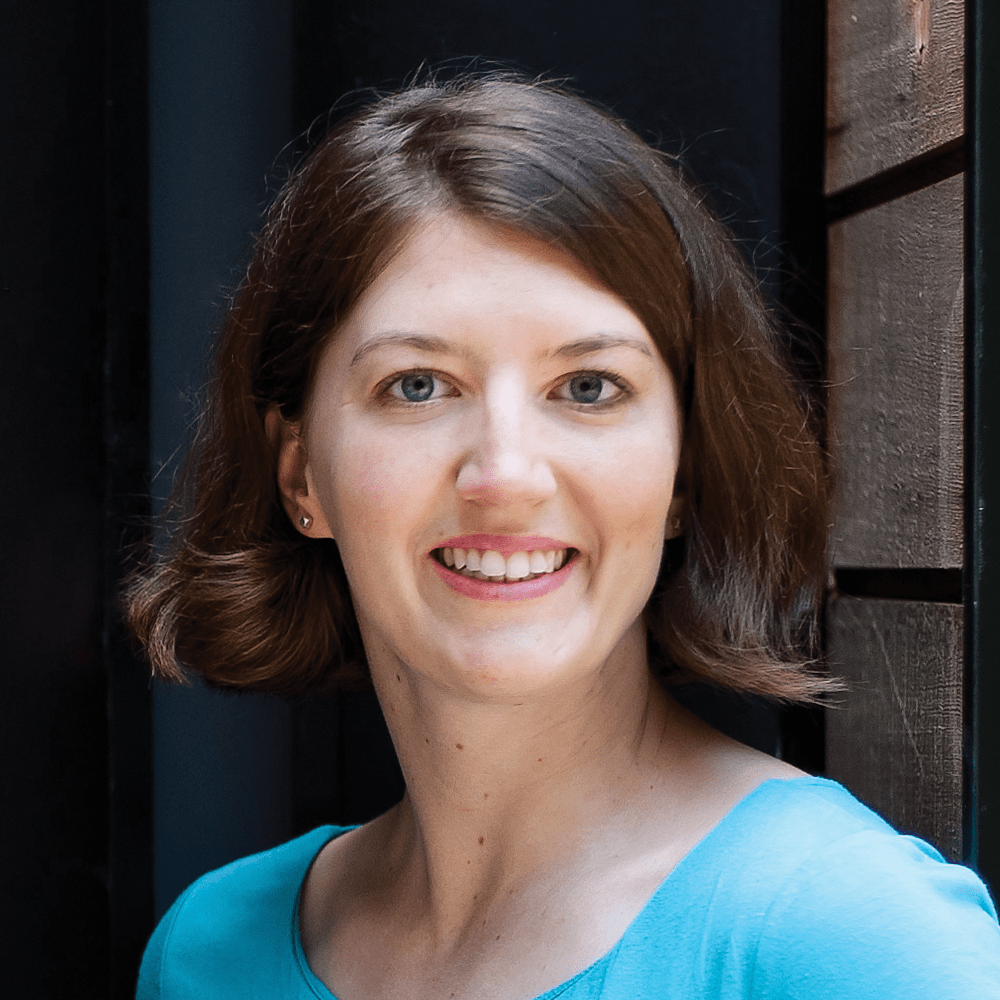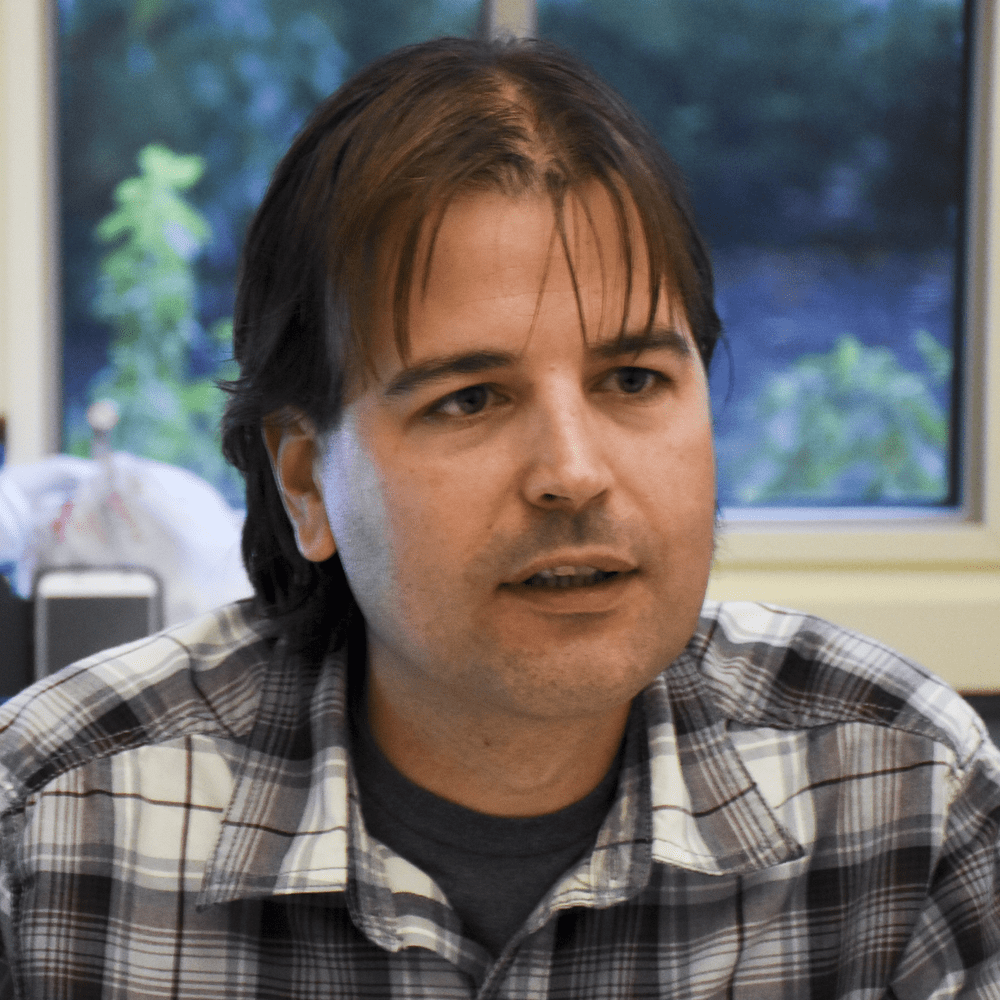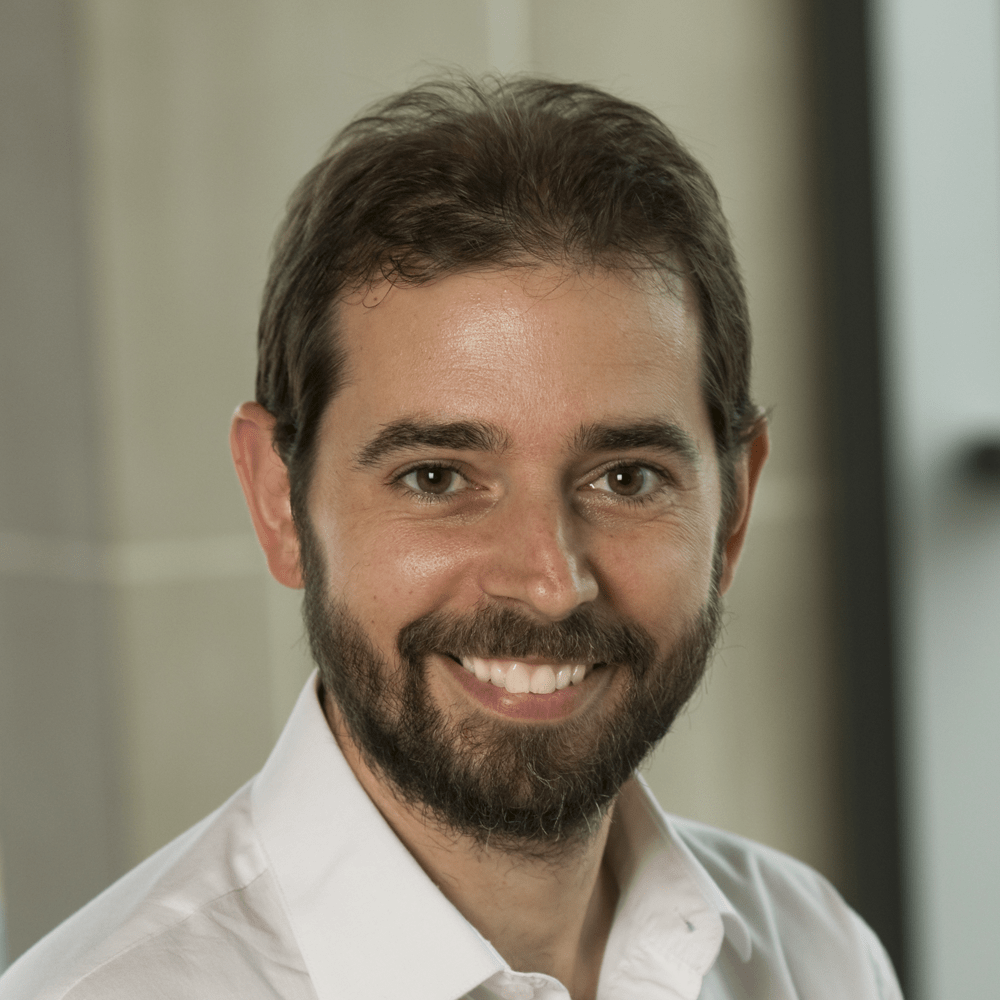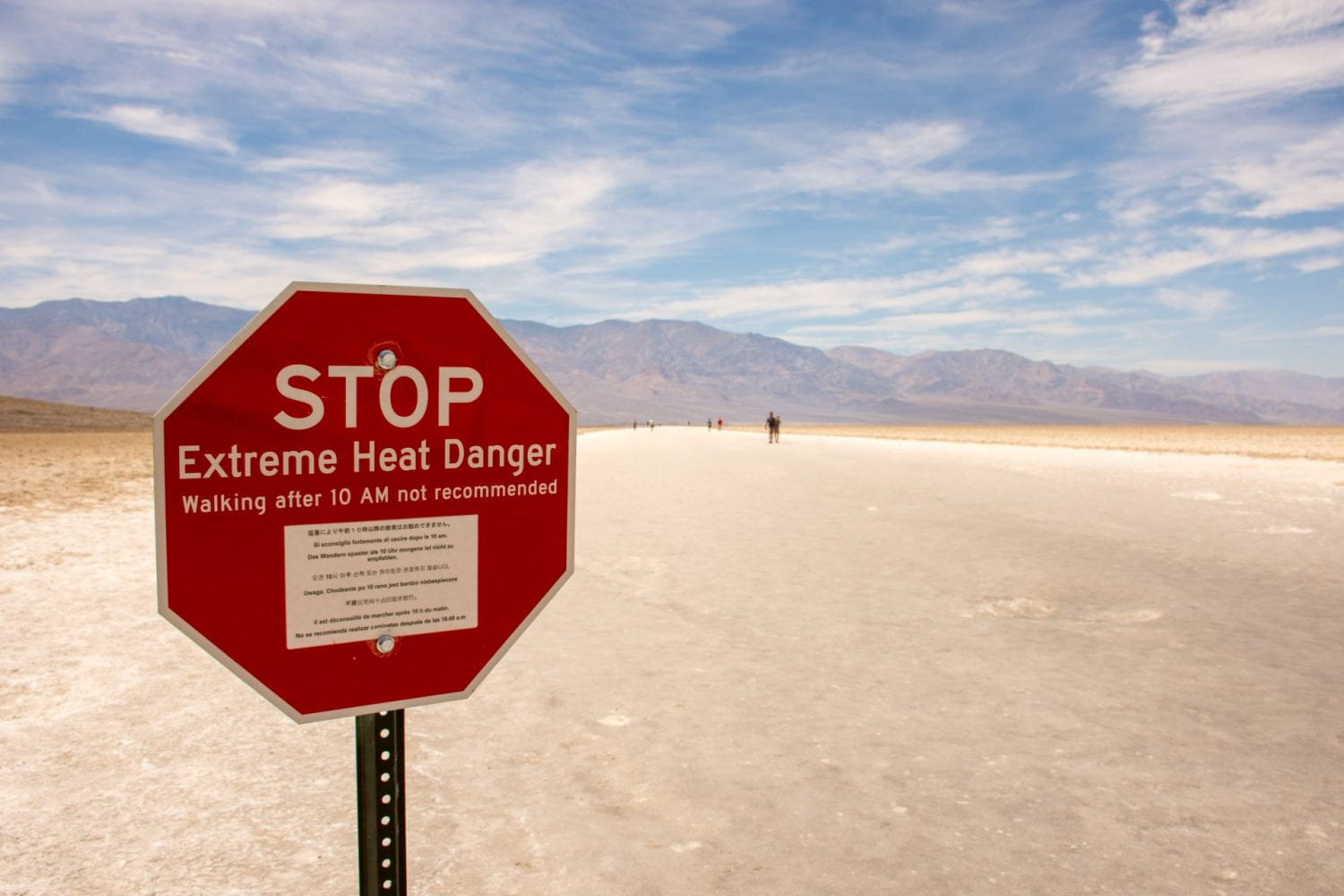Understanding abuse to aid recovery and protect children
Over the last decade, Penn State and the College of Health and Human Development have become national leaders in child abuse research, hiring multiple research faculty, conducting groundbreaking research studies, educating lawmakers, and training thousands of Pennsylvanians to prevent abuse. These are the first steps on a journey through tragedy toward a more hopeful future.
Thousands and thousands of children experience abuse every day. Every year, 3.5 million allegations of child abuse are investigated in the United States. By the time they reach the age of 18, 12.5 percent of all children will have been the victim of abuse or neglect that has been substantiated—meaning that the maltreatment was confirmed by a Child Protective Services investigation. Troublingly, there is no way to know exactly how many additional cases of abuse occur that are never substantiated.
In the wake of the Sandusky tragedy and in light of the magnitude of the national, even global, problem of child maltreatment, Penn State took a unique step: the University made a serious commitment to bring the power of research to bear on the problem of child abuse and neglect.
Author
Aaron
Wagner
Developing the team to address the problem
In 2013, the University recruited Jennie Noll, professor of human development and family studies, director of Penn State’s Center for Safe and Healthy Children, and Ken Young Family Professor for Healthy Children. Through the Social Science Research Institute, Noll—who was already a leading scholar on child maltreatment—directed Penn State’s University-wide cluster hire of nine faculty members whose scholarship focuses on issues of child maltreatment. Noll described this as ‘the largest effort [she] has ever known of’ to assemble faculty whose research focuses on child abuse and neglect.
“Penn State has a long tradition of encouraging interdisciplinary research to address complex problems,” Noll explained. “There is an institutional understanding that real-world problems require a variety of perspectives. In this cluster hire, we developed human resources across the colleges of Health and Human Development, Medicine, Education, Liberal Arts, and Nursing to really tackle this problem from a variety of angles. We have some really gifted faculty working on this problem, and the College of Health and Human Development plays a huge role in this work.”
Concurrently, Penn State’s Child Maltreatment Solutions Network was developed. The Network engages in research and outreach directly related to preventing child abuse. Over the past few years, researchers in the Child Maltreatment Solutions Network have partnered with organizations across the state to train more than 14,000 community members, 300 parents, and 16,000 second graders in the skills and knowledge needed to help prevent childhood sexual abuse.
“Penn State has a long tradition of encouraging interdisciplinary research to address complex problems.”
Raising the bar for child maltreatment research
To increase society’s understanding of child abuse and maltreatment, Health and Human Development faculty are engaged a wide variety research projects, a few of which are described below.

Hannah Schreier
A data-rich study
Hannah Schreier participates in ‘deep and wide’ examination of child abuse
In order to build a scientific understanding of the impact and nature of child maltreatment, Penn State researchers recently launched the Child Health Study. Researchers are collecting data on a large number of eight-to-13-year-old children from across Pennsylvania, some of whom were recently maltreated and others who were not. The children will be followed over many years, creating waves of data to reveal how the impacts of maltreatment play out over time.
What makes the Child Health Study unique is the scope of the data, which the researchers described as ‘mile-wide and mile-deep.’ Measurements will include comprehensive, day-long assessments of biological, behavioral, and environmental factors in the children’s lives. Additionally, the researchers will perform in-depth assessments of many different psychological, behavioral, neural, molecular, and environmental factors through which child abuse and neglect might impact health later in life.
“This project will reveal the underlying biological embedding processes through which experiences of child maltreatment come to impact youth’s long-term well-being. In the process, the project will hopefully allow us to identify windows of opportunity for interventions as youth transition into adulthood,” said Hannah Schreier, associate professor of biobehavioral health.
“For example, I am currently examining the connection between child maltreatment and cardiovascular disease risk using data from the Child Health Study. We are taking advantage of the rich data available through the project and combining information about youths’ child maltreatment history, immune function, and health care use. Better understanding these processes may make it easier in the future to support survivors of child maltreatment to lead healthy lives as adults.”

Jennie Noll
Risky behavior online
Jennie Noll investigates sexual abuse and risky behavior online
Recently, researchers found that female adolescents who had been sexually abused engage in more risky behavior online than do their peers. Results indicated that adolescents who had been abused were more likely both to be cyberbullied and to engage in sexual activity. Perhaps most troublingly, these young women were two times more likely to meet a stranger in person whom they had met online.
Noll, the lead author on this study, is one of several researchers in the college who are working to understand the impacts of child abuse and the factors that make some people resilient from abuse while others suffer lifelong consequences.

Idan Shalev
Health implications
Idan Shalev measures the impact of abuse on the body
People who experience child abuse or other forms of extreme stress may have cells that age more rapidly than their chronological age. People typically conceptualize age in terms of chronological age: the number of years and days since birth. When a person’s cells are ‘older’—more degraded—than is typical for someone of their chronological age, they are described as experiencing advanced biological aging. Idan Shalev, associate professor of biobehavioral health, and his collaborators are studying ways to measure how child abuse leads to advanced biological aging.
“We know that for some people, childhood abuse leads to lifelong consequences. People who experienced abuse as children are more likely to develop depression, obesity, heart disease, and a range of other very serious health problems,” Shalev explained. “But understanding the impact of abuse on any one person can be very difficult. I study the impact of stress on biological aging by measuring a part of DNA called a telomere. If your cells are aging more quickly than other people’s, this will be revealed in your telomeres. So, the telomeres can serve as an indicator of how abuse has or has not affected an individual.”

Chad Shenk
Long-term impacts
Chad Shenk studies who experiences effects of abuse later in life
While the effects of childhood sexual abuse extend into middle age for some people, other people avoid the mental and physiological consequences of abuse. Chad Shenk, associate professor of human development and family studies, and his collaborators seek to understand the nature of who is resilient to abuse and who suffers consequences throughout their lives. As resilience becomes better understood, researchers may be able to foster resilience in people who have experienced abuse or other childhood traumas.
Hannah Schreier participates in ‘deep and wide’ examination of child abuse
In order to build a scientific understanding of the impact and nature of child maltreatment, Penn State researchers recently launched the Child Health Study. Researchers are collecting data on a large number of eight-to-13-year-old children from across Pennsylvania, some of whom were recently maltreated and others who were not. The children will be followed over many years, creating waves of data to reveal how the impacts of maltreatment play out over time.
What makes the Child Health Study unique is the scope of the data, which the researchers described as ‘mile-wide and mile-deep.’ Measurements will include comprehensive, day-long assessments of biological, behavioral, and environmental factors in the children’s lives. Additionally, the researchers will perform in-depth assessments of many different psychological, behavioral, neural, molecular, and environmental factors through which child abuse and neglect might impact health later in life.
“This project will reveal the underlying biological embedding processes through which experiences of child maltreatment come to impact youth’s long-term well-being. In the process, the project will hopefully allow us to identify windows of opportunity for interventions as youth transition into adulthood,” said Hannah Schreier, associate professor of biobehavioral health.
“For example, I am currently examining the connection between child maltreatment and cardiovascular disease risk using data from the Child Health Study. We are taking advantage of the rich data available through the project and combining information about youths’ child maltreatment history, immune function, and health care use. Better understanding these processes may make it easier in the future to support survivors of child maltreatment to lead healthy lives as adults.”
Jennie Noll investigates sexual abuse and risky behavior online
Recently, researchers found that female adolescents who had been sexually abused engage in more risky behavior online than do their peers. Results indicated that adolescents who had been abused were more likely both to be cyberbullied and to engage in sexual activity. Perhaps most troublingly, these young women were two times more likely to meet a stranger in person whom they had met online.
Noll, the lead author on this study, is one of several researchers in the college who are working to understand the impacts of child abuse and the factors that make some people resilient from abuse while others suffer lifelong consequences.
Idan Shalev measures the impact of abuse on the body
People who experience child abuse or other forms of extreme stress may have cells that age more rapidly than their chronological age. People typically conceptualize age in terms of chronological age: the number of years and days since birth. When a person’s cells are ‘older’—more degraded—than is typical for someone of their chronological age, they are described as experiencing advanced biological aging. Idan Shalev, associate professor of biobehavioral health, and his collaborators are studying ways to measure how child abuse leads to advanced biological aging.
“We know that for some people, childhood abuse leads to lifelong consequences. People who experienced abuse as children are more likely to develop depression, obesity, heart disease, and a range of other very serious health problems,” Shalev explained. “But understanding the impact of abuse on any one person can be very difficult. I study the impact of stress on biological aging by measuring a part of DNA called a telomere. If your cells are aging more quickly than other people’s, this will be revealed in your telomeres. So, the telomeres can serve as an indicator of how abuse has or has not affected an individual.”
Chad Shenk studies who experiences effects of abuse later in life
While the effects of childhood sexual abuse extend into middle age for some people, other people avoid the mental and physiological consequences of abuse. Chad Shenk, associate professor of human development and family studies, and his collaborators seek to understand the nature of who is resilient to abuse and who suffers consequences throughout their lives. As resilience becomes better understood, researchers may be able to foster resilience in people who have experienced abuse or other childhood traumas.
A national resource for issues related to child maltreatment
The cornerstone of Penn State’s collaborative commitment to addressing child abuse is a five-year, $7.7 million grant from The Eunice Kennedy Shriver National Institute of Child Health and Human Development. This funding, which establishes Penn State as a national Center of Excellence and as a key resource for the entire field, was accompanied by $3.4 million of support from Penn State and it is helping researchers develop new lines of research to protect children and help survivors heal. A chief aim of this funded center is to raise the bar on the quality of research related to the causes and consequences of child maltreatment.
“Our goal is to raise the bar for research in child abuse and neglect,” said Noll, the principal investigator of the project. “We have the recognition of federal funders. We have the world’s largest team of researchers working specifically on this problem. This is how we leverage science to change lives.”

Different states including Pennsylvania have specific legal standards for these terms, but these are general definitions.
Abuse: an action that intentionally causes physical, emotional, or sexual harm or injures another person
Neglect: failure to supply the minimum care a child needs
Maltreatment: abuse or neglect
Understanding and shaping policy
Penn State’s work on child maltreatment explores three primary components: prevention, research, and policy. Researchers increasingly understand the importance of shaping policy, and many lawmakers—regardless of their politics—are becoming aware of the importance and value of using research to shape policy decisions.
From 2012 to 2015, Pennsylvania overhauled its child abuse legislation, passing more than a dozen relevant laws within three years of the revelations. New laws addressed topics including how badly a child must be hurt before something constitutes ‘abuse,’ the creation of an online reporting system, who is mandated by law to report child abuse, and more.
Researchers at Penn State are seeking to understand the impact of these and other policy changes on children and the child welfare system. Christian Connell, associate professor of human development and family studies, and associate director of the Child Maltreatment Solutions Network, is examining data from the state’s child welfare system to understand the impacts on these children.
“We want to help shape policy and practice to ensure that the over seven-million children and youth who are part of a child protective service referral each year in the U.S. can get the support they need,” said Connell. “I work with data from state and county agencies and collect data from families and community members so that we can understand the risks of child maltreatment, as well as the effects—positive and negative—to changes in policy and practice or changes in circumstance, like the COVID-19 pandemic. This research allows agency leaders and other policymakers to rely on data when they make decisions about how to best serve the needs of children and families in their communities.”
Serving as a resource for legislators
Penn State is also home to the Research-to-Policy Collaboration (RPC), a model for bridging research and policy by building partnerships between researchers and legislative staff. D. Max Crowley, associate professor of human development and family studies and public policy, and Taylor Scott, research assistant professor in the Edna Bennett Pierce Prevention Research Center, co-direct the collaboration and help facilitate connections. Researchers in the RPC do not lobby the lawmakers; they answer questions and provide summaries of relevant research to lawmakers who have questions.
“Most researchers don’t have training to disseminate research information. They want to talk to policymakers, and the RPC acts as the broker, the connector, to legislative aides to provide them with nonpartisan, research-based information,” said Scott.
Over the past seven years, Penn State researchers have advised state and federal lawmakers on multiple issues related to child maltreatment. For example, multiple faculty members participated in a Congressional hearing ahead of the most recent reauthorization of the Child Abuse Prevention and Treatment Act.
“Child maltreatment is an issue that legislators—regardless of their political alignments—tend to agree on. Everyone wants to build a society where children are safe, and all lawmakers want to make sure we are investing finite tax dollars in ways that can make a real difference,” Scott continued.
Noll and other researchers are prioritizing policy because they have a strong humane argument and a strong economic argument. “The effects of child maltreatment costs taxpayers $428 billion every year,” Noll said. “By dedicating resources to this problem, we can protect children, facilitate the healing of those who have experienced abuse, and save money. Reducing human suffering is our primary goal, of course. But even if we only consider the financial angle, investing in this work still makes sense.”
Future horizons
Penn State’s efforts to address child maltreatment continues to expand, and new research will help even more children.
In the College of Health and Human Development’s newly launched Center for Safe and Healthy Children, researchers will seek to unpack the ways that stress impacts development. This work will be relevant to children who face extreme stress from abuse but also from other causes. The center will also have a large focus on the primary prevention of child abuse.
“There is a lot to learn about how stress, racial discrimination, poverty, and other early-life adversities affect childhood development,” explained Noll, director of the new center. “Through this work, we will also gain a more comprehensive understanding of how these types of adversities set the stage for a host of physical, mental, and behavioral health issues of grave public health concern including substance abuse, obesity, teen pregnancy, cardiovascular disease, cognitive health, premature aging, and even early mortality.
“There are also many stories of remarkable resilience with these kids,” Noll continued. “We are answering questions about how to think about new models that promote resilience to stress and trauma and even avenues for reversibility. There are no other data like this in the world. Child maltreatment is a dire problem, and many children are living in harrowing circumstances. But there are real reasons to be hopeful. We can make a difference, and we are.”
Photo Credits
Header Videos (4)
- simonkr via Getty Images
- FatCamera via Getty Images
- Easy_Company via Getty Images
- PIKSEL via Getty Images
Second Videos (3) –
- SDI Productions via Getty Images
- adamkaz via Getty Images
- Hoptocopter via Getty Images
Babysitter Questions Sidebar – Polina Tomtosova via Getty Images
Photo footer – jacoblund via Getty Images
Photo Credits
Header Videos (4)
- simonkr via Getty Images
- FatCamera via Getty Images
- Easy_Company via Getty Images
- PIKSEL via Getty Images
Second Videos (3) –
- SDI Productions via Getty Images
- adamkaz via Getty Images
- Hoptocopter via Getty Images
Babysitter Questions Sidebar – Polina Tomtosova via Getty Images
Photo footer – jacoblund via Getty Images
Author
Aaron Wagner







